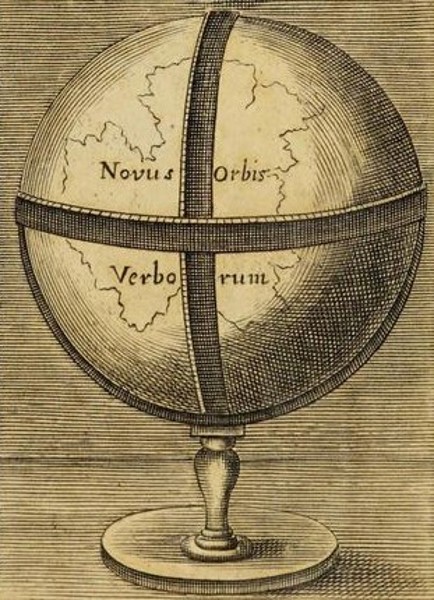
ISSN 2983-9726
Method of peer review
double-blind undertaken by a specialist member of the Board or an external specialist
Keywords
Europelanguage, exchanges, language, multiculturalism, multilingualism, translation, transmission, travel, Britain, 1500-1700, Europe
Accepted Language(s):
English, French
Accepts Contributions in Open Access
The aim of this series is to investigate polyglot practices in early modern English literary texts by crossing perspectives in a transdisciplinary approach. Volumes in the series analyse how an English linguistic, but also social and political, and more generally cultural, identity is built by means of contact and interaction with other languages, through borrowings and translations.
“Polyglot encounters” can find their way into print as multilingual texts (parallel-column editions or monolingual texts with a significant proportion of non-English words), or as single-language texts translated from one or several sources, sometimes via an intermediate translation in a third language. The material conditions of production and circulation are thus crucial in delineating national and transnational communities of authors and readers.
Particular attention will be paid to the uses of polyglossia in relation to defining identity and to the interplay between multilingual practices and translation. The marginal linguistic position of England and the English language within Europe can be gauged when English texts are read against the classics they translate or imitate and the Continental texts which they seek to emulate, but also when the capacity of the English language to welcome and assimilate other languages is tested by non-European languages. One of the specificities of the series will thus be to locate the English language and literature in a network of languages that can be classical (Latin, Greek) or vernacular – Romance (French, Italian, Spanish), Saxon (Dutch, German), or even extra-European (Turkish, Arabic, Chinese, Native American).
-
EDITORIAL BOARD
Series Editors
- Laetitia Sansonetti, Université Sorbonne Nouvelle
- Ladan Niayesh, Université Paris Cité
- Marie-Alice Belle, Université de Montréal
- John Gallagher, University of Leeds
- Jane Grogan, University College Dublin
- Ton Hoenselaars, Universiteit Utrecht
- Sarah Knight, University of Leicester
- Sophie Lemercier-Goddard, École Normale Supérieure de Lyon
- Jean-Christophe Mayer, Centre National de la Recherche Scientifique / Institut de Recherche sur la Renaissance, l’Âge Classique et les Lumières, Montpellier
- Anne-Marie Miller-Blaise, Université Sorbonne Nouvelle
- Nigel Smith, Princeton University
-
AUTHOR INFORMATION
Main Language: English
Additional Language: FrenchDouble-blind undertaken by a specialist member of the Board or an external specialist
All volumes in this series are evaluated by an Editorial Board, strictly on academic grounds, based on reports prepared by referees who have been commissioned by virtue of their specialism in the appropriate field. The Board ensures that the screening is done independently and without conflicts of interest. The definitive texts are supplied by authors are also subject to review by the Board before being approved for publication.
Author guidelines and style guide for the series can be found at: https://www.brepols.net/permalink/stylesheet-short-refs
Submissions should be sent to:
Ladan NIAYESH (niayesh@univ-paris-diderot.fr)
Laetitia SANSONETTI (laetitia.sansonetti@sorbonne-nouvelle.fr)